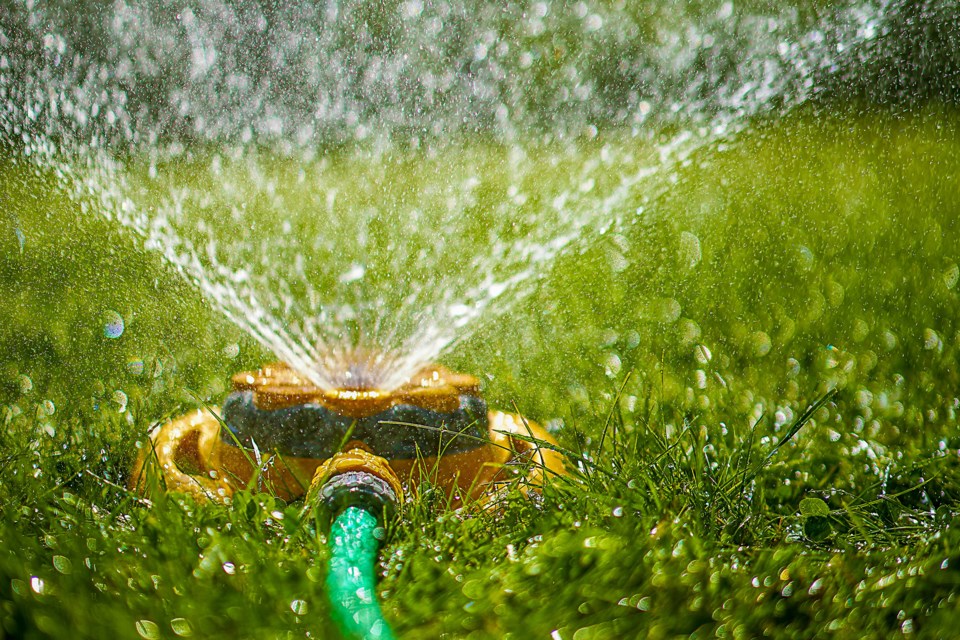The grass might be greener on the other side, but the question is, why?
At a recent regular meeting of Tiny Township council, a request from residents to look into different tiered billing for water rates prompted a discussion around how treated water is abused within the municipality.
Coun. Steffen Walma raised concerns from residents that the fees could be too high for some.
“If you use up to X, your fee is lower, and if you go over X, the fee for the water rate goes higher,” explained Walma. “The concern is coming from some of the larger families that have kids in the community; teenagers shower more, and they have more people in the household. I’m not sure that I think that component's fair.”
Tim Leitch, Tiny's director of public works, responded that the calculation for average household usage was based on usage throughout the township and not by average household residents, close to the flat rate for the rest of the municipality.
“For example, the average usage for two residents – and I want to emphasize there’s no sprinkler systems – it’s about 0.265 (cubic metres per day). Four residents: about 0.5, so it almost doubles for that residence,” said Leitch.
“When you add a sprinkler in, it adds probably five-to-six times the amount of water being used. It’s become very clear that we’re using treated water to water lawns.”
A metered water pilot project was implemented for Wyevale in 2021 due to the village’s constant usage to the limits of the system. Leitch noted that data collected by the municipality allowed staff to determine there was "water abuse" in some residential homes in the township.
“This is what’s been going on on that system for quite a long time. We need to maintain fire reservoirs within that system which is one thing that worries me every single day,” said Leitch, with fire chief and director of emergency services, Dave Flewelling, nodding in agreement.
The intent of the bylaw rates, according to Leitch, was to mitigate significant capital investments in regards to water conservation; roughly 25 per cent of residential properties in Tiny are connected to the water system, with 16 separate water systems in operation within the township.
“You don’t have to water your lawns twice a day,” advised Leitch to residents. “If you water your lawn too much, you don’t get the root system engaged properly into the soil and you actually have a weaker lawn. It may look green, but a couple of days of dry and that thing… it’s going to die.”
Following the discussion, Tiny committee of the whole received a presentation regarding an annual summary report and drinking water quality management standard from water supervisor, Rebecca Raymond.
Mayor Dave Evans asked Raymond if public education regarding water use and abuse would be a possibility for the township.
Raymond replied: “We did notice in Wyevale that since we’ve put the water meters in and people started to see what their usage actually was – this is before a real bill is even going out – we’ve seen a decrease in the water consumption.”
Recommendations on how to conserve treated water in the community can be located on the drinking water portion of the township website. Information on water meters in the municipality can be found on the municipal water page of the Tiny Township website.
The bylaw to regulate the provision of municipal water by the township, including a list of various water bans, restrictions and schedules, can be viewed within the agenda page located on the Tiny Township website.
Archives of council meetings are available to view on Tiny Township’s YouTube channel.



